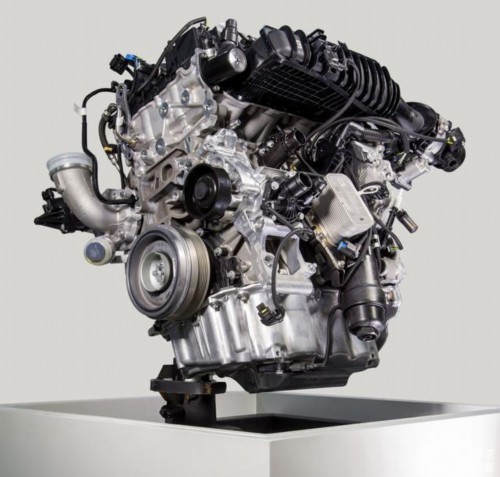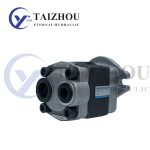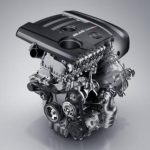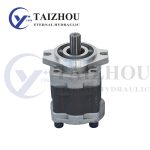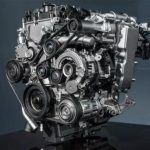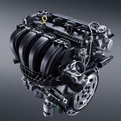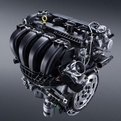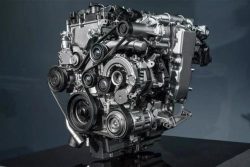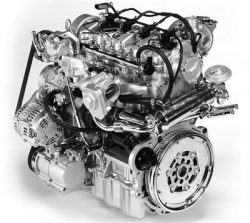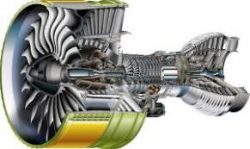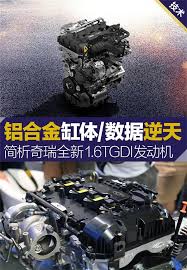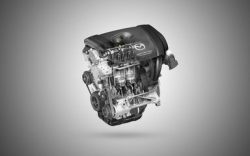Danfoss Motor -Motor Carbon: What Effect?
1. The composition ofmotor carbon deposit
The composition of themotor’s carbon deposits is mainly cemented carbon (C), but its composition and properties vary with the structure of themotor, the conditions of use, the nature of the fuel and lubricant used, and the impurities that enter the combustion chamber with air. Even in the same combustion chamber, the carbon deposits on different parts and parts are not the same in nature and composition.
Generally speaking, its chemical composition is: various substances, lubricating oil and carbonaceous deposits produced by combustion of fuel, sulfur compounds in the fuel, and sulfates combined with metals, and metal compounds in the lubricating oil. , silicon compounds such as ash and sand in the air, trace metal scraps and their compounds that are worn bymotor parts.
The composition of carbon deposits is very complicated, and most of them are non-volatile components such as asphalt and tar. The higher the operating temperature of themotor, the lower the content of volatile substances; the higher the content of the less volatile components, the harder and tighter the carbon layer formed, and the stronger the bond with the metal.
2. The cause ofmotor carbon deposit
Engine carbon deposits are the product of incomplete combustion of fuel and lubricants. Its production is closely related to the environmental conditions of fuel and lubricant use, related performance and its own quality. Therefore, all the factors that cause the incomplete combustion of the fuel and the abnormal entry of the lubricating oil into the high temperature part of themotor are the causes of the formation of carbon deposits.
The gasolinemotor mixture is too rich, the dieselmotor oil supply is too large, the air filter or air passage is blocked, the supply of air is reduced, the air-fuel ratio is lowered, and the fuel cannot be completely burned.
The ignition timing or the fuel supply time is not accurate, causing the combustion temperature to change, and it is difficult to ensure complete combustion of the fuel. Ignition is too early, part of the combustion process will be carried out in advance in the compression stroke, so that the gas pressure reaches the maximum before the piston reaches the top dead center; the fuel consumption increases too late, the combustion process will be delayed in the expansion stroke, resulting in lower combustion pressure , fuel consumption increased.
If themotor temperature is too low, the spark plug or the injector will work poorly, resulting in poor atomization or gasification, so that the fuel cannot be completely burned. When assembling, the piston ring is opposite to the mouth, the anti-piston ring is loosened in the direction of the twisted ring, or the end gap is too large due to wear. The clearance between the piston ring and the cylinder wall is too large or the cylinder wall is worn too much, resulting in a tight seal, resulting in oily Combustion chamber
The valve and valve seat ring are poorly sealed, the valve stem and the valve guide are worn out too much, and the clearance is too large, which causes the oil to enter the cylinder and adsorb on the valve. The quality of the fuel is poor and there are many impurities and it does not meet the requirements. Fuel quality has a large impact on vehicle emissions, with olefins and aromatics and metals increasing carbon deposits in the cylinders, resulting in increased emissions. The fine dust particles contained in the air cannot be completely filtered out in the air filter, and the oil and gas are washed together to the back of the valve, causing fine scratches after a long time of flushing. The fine particles and the lubricating oil from the crankcase are stored in the scratches, and the lacquer is formed at a high temperature, and accumulated over a long period of time to form carbon deposits with components such as wax in the mixed fuel.
Traffic congestion makes themotor idle for a long time, resulting in a richer mixture of gasolinemotors. When the rich mixture passes through the intake manifolds of different widths, lengths and curved curvatures, the density of air and gasoline particles is different. The air is more likely to change direction, and the gasoline particles continue to move toward the end of the manifold due to the inertial force, thereby causing poor uniformity of the mixture concentration. There is no guarantee that the fuel will burn completely.
Second, the danger ofmotor carbon deposition
The Danfoss Motor states that the pollutants emitted by motor vehicle exhaust mainly refer to CO, HC and NOX. HC mainly refers to unburned fuel hydrocarbon molecules. The reason for this is that the injector atomization is abnormal due to the accumulation of carbon deposits on the injector, so that the HC compound is discharged in the combustion chamber before it is burned, which not only increases the exhaust gas emissions, but also causes themotor performance to deteriorate. Because of the carbon deposit, the mixture gas is often thickened, and the fuel cannot be completely burned to generate CO. CO is a product of a hydrocarbon fuel that cannot be completely burned due to lack of oxygen during combustion. Therefore, under normal working conditions of the vehicle, the exhaust of the vehicle exceeds the standard, mainly due to the accumulation of carbon deposits in the exhaust system.
Carbon deposition is a poor thermal conductor, and its temperature is relatively high. Its presence not only occupies a certain space, but also forms a hot hot spot at high temperatures, causing early combustion and knocking of the gasolinemotor, affecting the working performance and service life of themotor. Abrasive particles formed by carbon deposition cause high-temperature particles formed by abrasive wear of the machine parts, which will cause the gasolinemotor to ignite pre-ignition, reduce themotor power, work the carbon deposits, accelerate the deterioration of the lubricating oil, block the lubricating oil circuit, and damage the lubrication system.
https://www.xjetl.com
